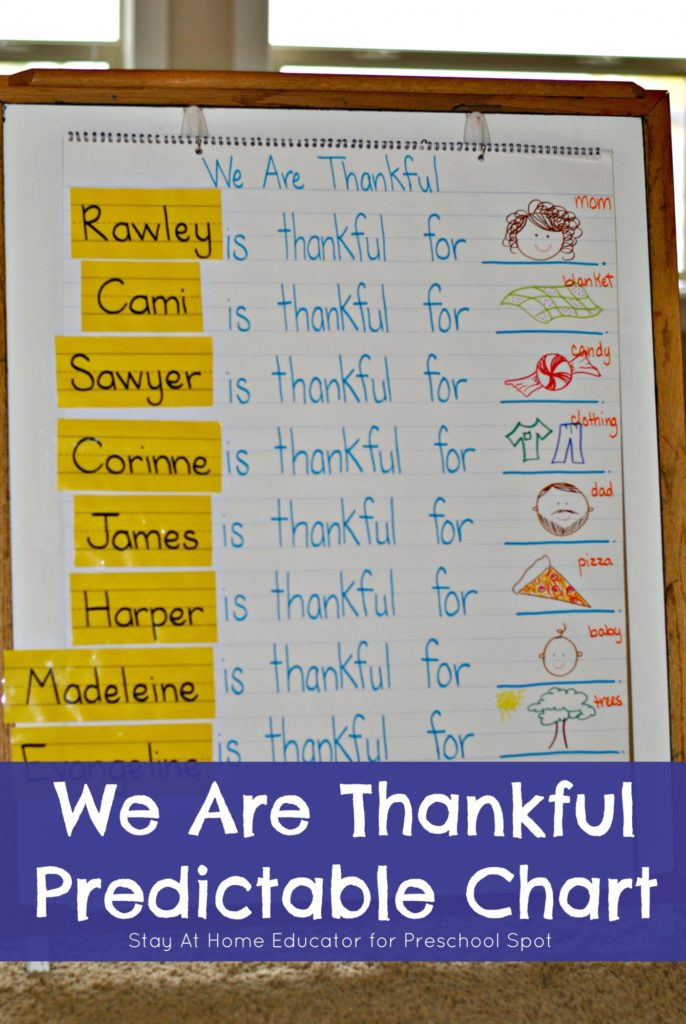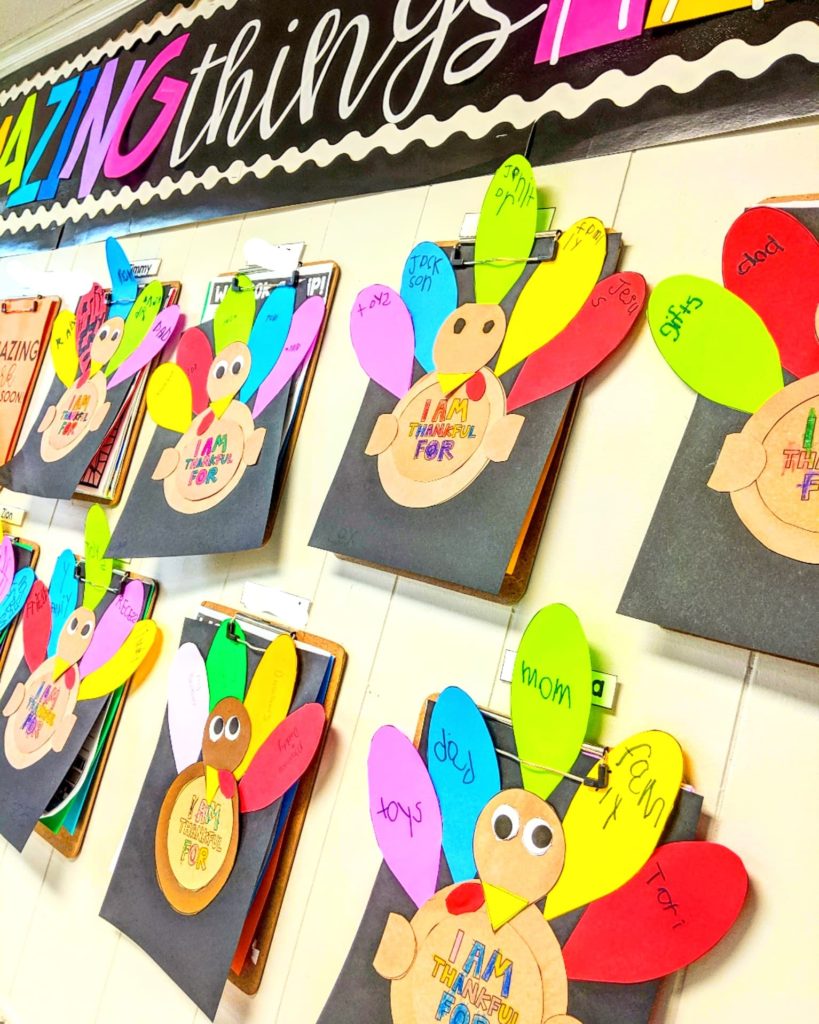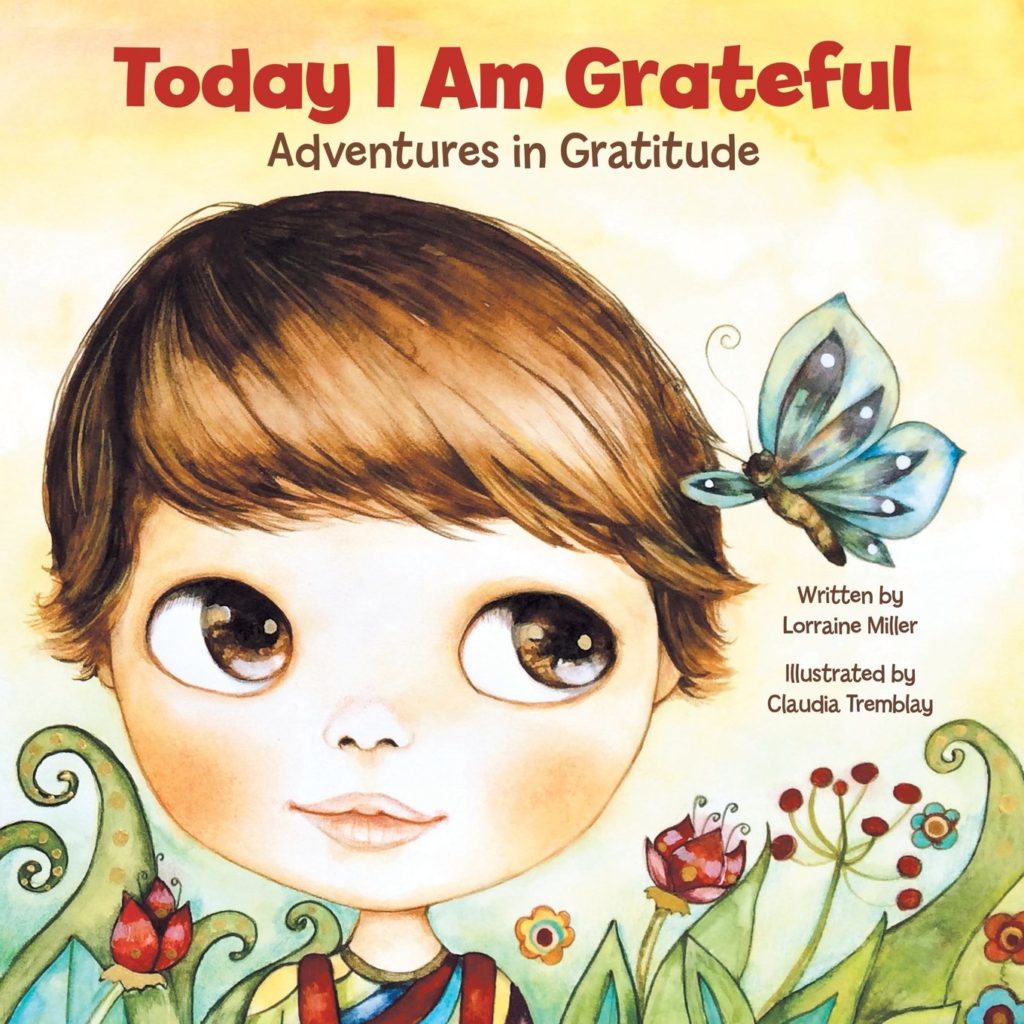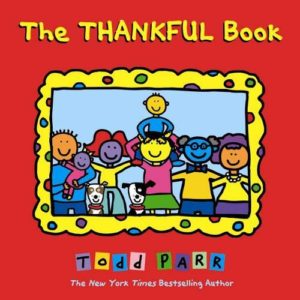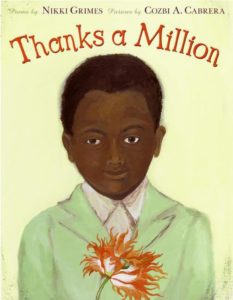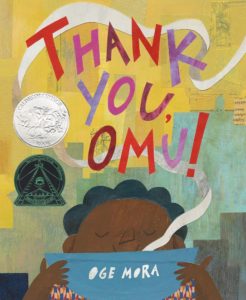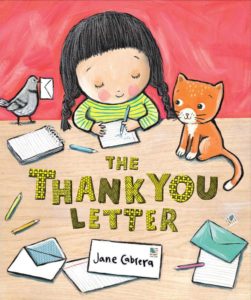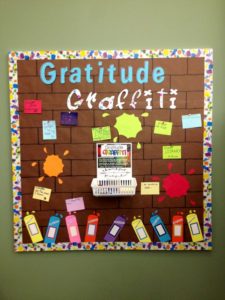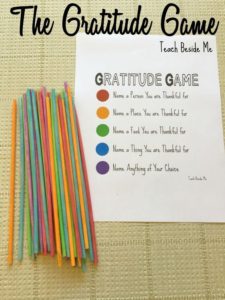We love sharing our favorite resources, books, classroom supplies and teacher stuff with you. When we do, we may earn money or products from the companies mentioned in this post. This does not affect our choices in what to recommend. Rest assured, we only recommend our favorite products to you! You can find our full advertising policy on the Partner With Elizabeth page.
It’s November here, and that means one thing in the United States . . . the start of the holiday season. November is the month of Thanksgiving and there is no better time to teach our students about what it means to be thankful or have gratitude. Teaching thankfulness is my goal in November.
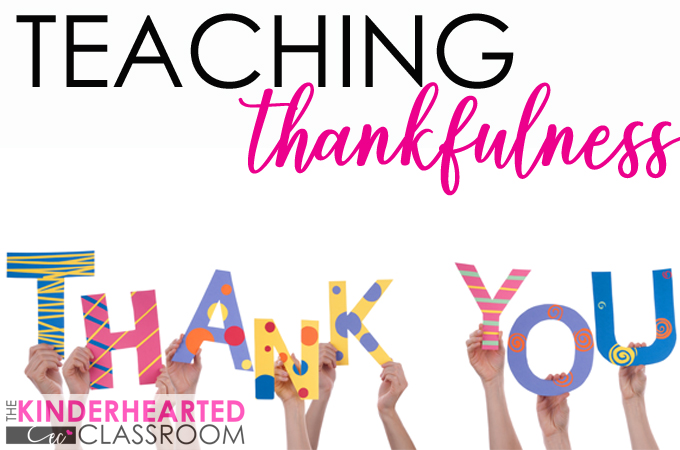
Should I Teach Thankfulness?
You might be wondering if it is really necessary to teach the concept of thankfulness. Is that our job as classroom teachers? Can you even teach someone to be thankful? I get where you are coming from as these were questions I asked myself when I first started teaching.
I wrestled with these questions, my own convictions, and what I know and have learned about children and people. It was this wrestling, and one specific incident that led me to my conclusion.
I remember it like it was yesterday.
I was shopping with my son, then just a toddler, when I noticed something I hadn’t noticed before. He was watching me and copying me. It happened like this:
My son was all strapped into the shopping cart and I pushed him towards the entrance of a local store. As we got close, an elderly man made a point of waiting to hold the door open for me. I smiled, gave a little nod and said “thank you, sir.” Almost immediately after I was done, my little son did the same. A quirky toddler smile, a little nod, and then some toddler speak that resembled “thank you.” My heart smiled at this sweet gesture from my little boy.
As we were shopping, it kept happening. When I would interact with someone in the store, he would watch and then do the same thing. A smile and “hello” to a fellow shopper in the vegetable aisle, then big smile and a giggle as another shopper and I almost ran into one another as we turned a corner. My little guy was watching the social interactions and trying to participate. At the store, I just thought it was super cute, my little man stretching his wings and trying to be part of the world around him.
Then it hit me . . .
But as we were driving home, it hit me. He was watching me and learning. My daily, ordinary, social interactions, were teaching him. I distinctly remember having this thought; ‘ahhhh, this is that nature versus nurture thing my psychology professor talked about.’ As I began to contemplate the events of the morning, it hit me. My son might have a natural instinct to be social, or a God-given need to interact with others. But how those interactions happened was not on the ‘nature’ side of things. He was being nurtured, or taught, by watching me.
This seemingly ordinary day had some extraordinary implications on me as a parent and as a teacher. I believe that it is vitally important that we teach, explain, model and give opportunities to practice life skills, just like we do academics. My children, and now my students, are learning how to be good people by watching those around them. And this . . . is why I teach thankfulness in November.
How do you TEACH Thankfulness?
Teaching character traits, like thankfulness, can be a lot more difficult than teaching academics. You must be very intentional with your words and actions, because they are all part of the learning process. During the month of November we focus on thankfulness.
At the beginning of the month during one of our morning meeting times, I begin to introduce our theme through questions. I ask the students what they are thankful for and what it means to be thankful. As the month progresses, so do our questions. We slowly dig deeper and deeper into the concept of thankfulness. Here’s the short version of the concepts related to thankfulness that I try to teach:
- What is thankfulness?
- What are we thankful for?
- How can we show thankfulness?
- Why should we be thankful?
These four questions will generally take us through our school time in November.
Putting Thankfulness into Practice
So we can’t just talk about thankfulness – we have to put it into action. Each year I challenge my students to a month of thankfulness. It’s our own little version of #30DaysofGratitude. Each day we have a goal related to where we are in the thankfulness journey. It might be something like this:
- a person at our school that your are thankful for
- a friend you are thankful for
- a color you are thankful for
- a food you are thankful for
- say ‘thank you’ to 5 people today
- smile when someone does something kind or helpful for you
- tell your mom or dad why you are thankful for them
As with most things at a 5 year old level, we start with the obvious. But through the month and our study of thankfulness it amazing to watch these children, even at a young age, begin to grasp that thankfulness is more than just ice cream and video games.
Connecting Thankfulness to Academics
Writing is a wonderful, wonderful way to take the concepts of thankfulness and connect them to our class work. With young writers, it is always a good idea to use discussion as a starting point for helping them to narrow down a writing topic. So our discussions and daily goals are the perfect way to begin writing about thankfulness.
I love to do whole class writing where we work together to complete a common writing task. This is a wonderful way to begin. I can begin by modeling, then we have a chance to practice together (aka guided practice). We do this before they begin doing it alone (independent practice). It really is a nice way to structure our writing time during November. This process will generally take a few days to a week. We don’t do it all at once.
I absolutely love this predictable sentence activity from Stay at Home Educator for the first part of this.
This type of anchor chart makes a wonderful starting point for any writing that involves what we are thankful for. In my classroom, we follow-up this writing with our thankful turkeys.
The students love making these cute little turkeys to show all the things they are thankful for. They also make a bright and colorful display in the classroom for the month of November. You can find everything you need for to create these Thankful Turkeys in The Kinderhearted Classroom Store!
In our writing journals, these words that show what we are thankful for become sentences too. Slowly and step by step, we build our writing as we build our understanding of thankfulness.
Great Read Aloud About Thankfulness
Using books is one of my favorite ways to teach almost everything. There is a natural engagement with kids and books. So why not use that to teach. Here are some of my favorite read aloud that help my students learn about and understand thankfulness.
These first three books are so wonderful teaching kids to think about different things they are thankful for. They are wonderful read alouds at the beginning of the discussion on thankfulness.
The Thankful Book is a great starting book that talks about so many different things we are thankful for. Today I am Grateful For, is another wonderful book. I feel that this one goes a little deeper into teaching how to find things in our daily life to be thankful fo.
Finally, Thanks a Million, is a wonderful books written as poetry that talks about many things to be thankful for. Each of these books are so good and they each approach thankfulness in their own way.
These last two books, Thank you, Omu!, and The Thank you Letter, are great books for teaching different ways to show we are thankful. From writing letters and cards, to helping others when they are in need, you can’t go wrong with these two fantastic books.
It’s Not Just For November
Sure, November, is traditionally the time that Americans focus on thankfulness. But we should teach and model thankfulness and gratitude to our students all year long. Here are some other great activities that help reinforce the concepts of thankfulness and gratitude all through the year.
How do YOU teach thankfulness?
I would love to know what you do in your classroom or at home to teach thankfulness. Leave me a comment here on the blog, or connect with me on social media! Come join the discussion on Facebook, or get an inside peek into our classroom on Instagram.
